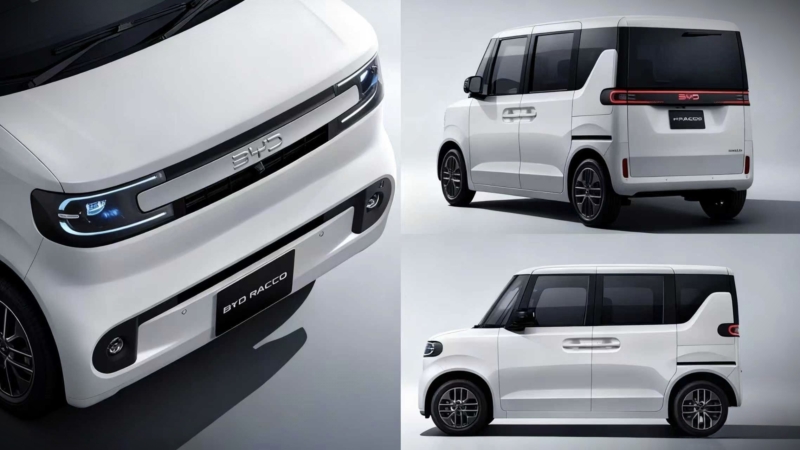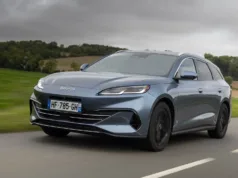At the Tokyo Motor Show 2025, BYD unveiled its first Japan‑exclusive electric kei car, the Racco, specifically designed for Japan’s K‑Car segment. The name comes from the Japanese word for “otter.” BYD plans to launch Racco in summer or autumn 2026, with two range versions. The price is about 2.5 million yen, which equals roughly 16,200 USD, as reported by Autohome.
K-Cars, also known as “light vehicles,” are compact and inexpensive, making them ideal for commuting and navigating tight urban streets. They make up 30–40% of Japan’s car market. In 2024, around 1.56 million K-Cars were sold out of a total of 4.42 million cars. In the first three quarters of 2025, sales reached approximately 1.26 million units, accounting for more than one-third of the market. Even a modest share of this huge segment could yield significant sales volume for BYD.
However, the Japanese K‑Car market is dominated by domestic brands. Suzuki holds roughly 38%, Daihatsu 22%, and Honda 19%. Other foreign automakers have had minimal success. To compete, BYD had to engineer the Racco from scratch to meet Japan’s strict kei‑car regulations on size, power, and passenger capacity.
There is also a strong strategic rationale: Suzuki has publicly flagged BYD as a significant threat in the K‑Car space, underscoring BYD’s seriousness in this segment.
On the cost side, K‑Cars benefit from lower purchase prices, reduced energy consumption, lower maintenance costs, and favourable tax incentives. Electric models in particular may receive subsidies, up to 550,000 yen, which is about 3,570 USD. Meanwhile, because Racco is exclusive to Japan and priced lower than typical passenger EVs, BYD must run its operations efficiently. According to JP Morgan, Racco’s contribution to BYD’s 2026 earnings is likely to be only 1–2%.
Still, Racco could be quite profitable at the unit level. While development costs are high, its 2.5 million yen (16,200 USD) price point suggests a potential profit of 5,000–8,000 yuan, which converts to about 700–1,120 USD per car. BYD estimates the addressable Japanese K-Car market at 350,000–450,000 units per year and hopes to capture 20–30% of the market initially. At full capacity, this could generate annual profits of 4–10 billion yuan, or approximately 560 million–1.4 billion USD.
Editor’s comment:
Strategically, the Racco represents BYD’s long-term international ambitions. The company supports its expansion with overseas production bases in Brazil, Indonesia, Malaysia, Thailand, Hungary, and Turkey, and works through local distributor networks. BYD currently operates in about 70 countries, with some 900–1,000 retail outlets. As pressure mounts in its domestic (Chinese) market, Japan’s K‑Car space presents both a test and an opportunity for BYD’s global growth.
Follow us for ev updates










